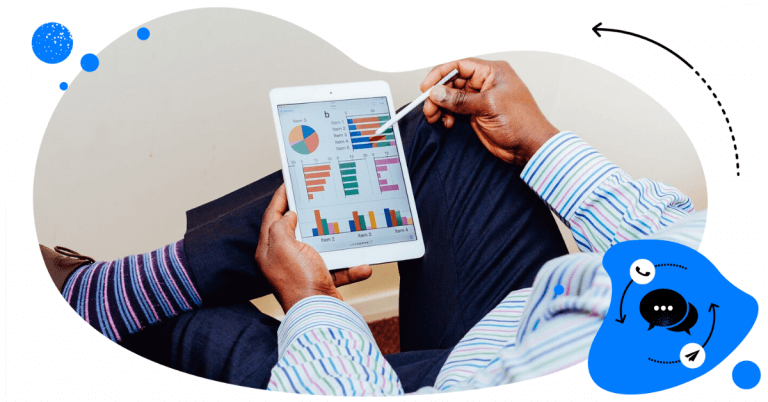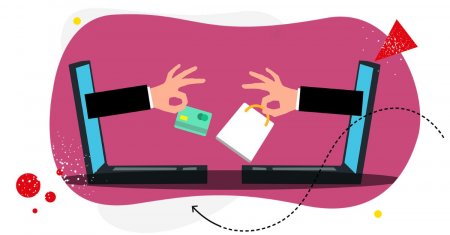Most of us remember the pre-internet age when businesses either sold their wares in brick and mortar stores or dropped catalogues on people’s doorsteps for their on-sofa viewing pleasure. They were simpler times and, for businesses, it was easy to maintain a consistent brand image and customer experience since their total touchpoints usually numbered just two.
But, this isn’t the 90s and those tactics just don’t cut it anymore. They’re resigned to the history books along with all those unloved Tamagotchis and the approximately 352 hours I spent playing Snake on my Nokia 3310 (don’t judge me!).
In the 2010s, businesses need to communicate with customers across a range of different platforms and being consistent gives them the edge. The 2020s are around the corner, and it’s more than likely that this trend will continue.
So, what can businesses do to keep pace? Go omnichannel. In this article, we discuss the rise of the omnichannel strategy and how you can know whether it’s right for your business.
What is an omnichannel strategy?
An omnichannel strategy is one where a business presents a united front across all its marketing and communications channels. It’s about providing an integrated, recognisable and well-defined brand image and customer experience, regardless of the method or platform a company uses to sell and market its products or services.
How is it different from cross-channel and multi-channel?
Where there’s jargon there’s confusion. So, in the interest of clarity, let’s take a look at how an omnichannel strategy differs from multichannel and cross-channel.
Multi-channel
Most retailers take a multi-channel approach to sales. A customer’s experience is multi-channel if they interact with a brand and their products across more than one platform during the path to purchase.
Your typical late 2010s shopping experience is mostly multi-channel because customers tend to visits both physical stores and digital channels (e.g. social media, mobile app) on the path to purchase. It might look a bit like this… a potential customer sees an ad on Facebook, follows a link to view product information on a retailer’s website, then heads in-store to get a feel for a product before finalising their purchase in a mobile app.
But, a multi-channel experience is disjointed. There’s little-to-no integration between various touchpoints and the business might even use different platforms to target different audiences. Each channel is essentially in competition with the others for the customer’s attention.
It’s an ok strategy to quickly increase the visibility and reach of your business but won’t cut it over the long-term.
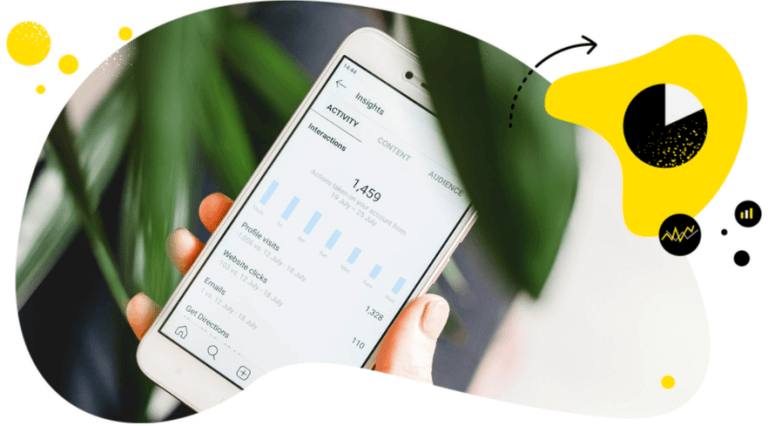
Social media management
Manage unlimited Facebook, Instagram, Twitter and LinkedIn pages in a single inbox. Track competitors and improve performance using simple dashboards.
Try NapoleonCat free for 14 days. No credit card required.
Cross-channel
A cross-channel experience is more integrated. A typical customer journey might involve the customer scanning a QR code on a tag during an in-store visit and receiving a special discount in the app, which is modelled on the website.
Consumers tend to cross over between platforms during their purchase journey. Cross-channel platforms communicate with each other to provide particular services to the customer, e.g. to provide and validate discounts. But, it’s the marketing approach and not the customer experience that is at the centre of this strategy.
Why do businesses go omnichannel?
In a truly omnichannel approach, customer experience is the focus. All a business’s communications and marketing channels feed into one another to provide the customer with a seamless and positive view of the brand.
One of the main benefits of an omnichannel strategy is that it tracks the customer’s journey and continues, rather than restarts it, across various touchpoints. What do I mean by this? Well… if a person adds items to their cart in a mobile app, the same cart will load when they look on the website. If they speak to a chatbot online, an in-store customer service agent can see that information and continue the conversation.
So, regardless of the touchpoint used, the experience is continuous, builds after each instance and is optimised to move that customer towards the bottom of the funnel.
An omnichannel experience breaks down the barrier between the offline and the online and, rather than optimising each platform, it takes the overall customer journey into consideration.
What the research says
Nothing touches home like a good bit of research. So, here are 5 data-based reasons to jump on the omnichannel bandwagon.
- One in five to one-third of people dislike that online shopping doesn’t allow them to touch or try on products.
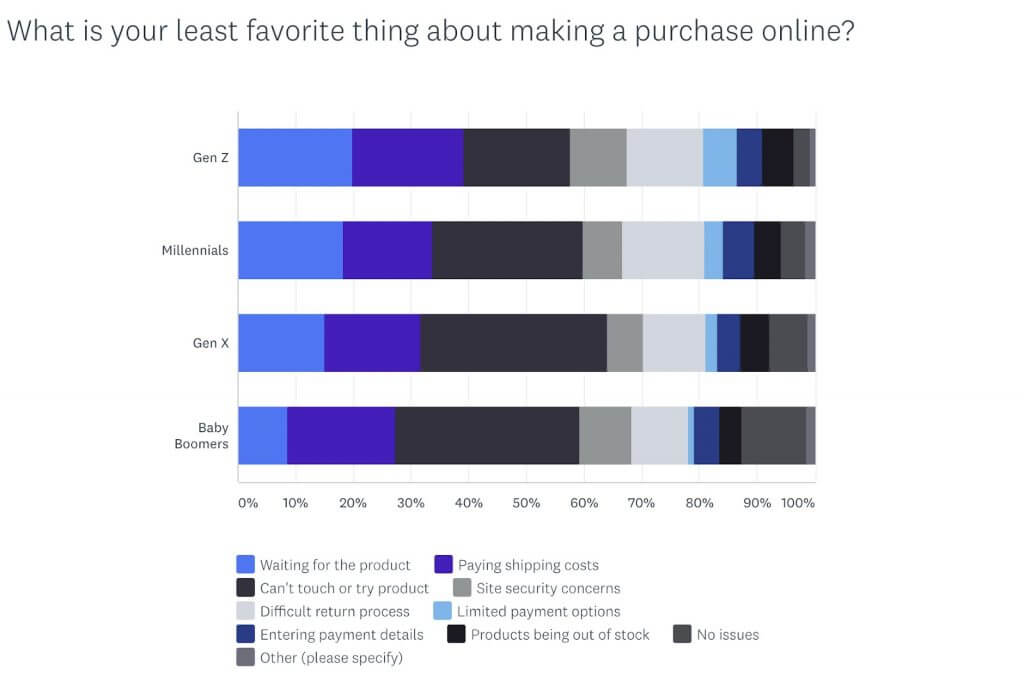
- Half of all consumers regularly use more than 4 touchpoints when researching what to buy
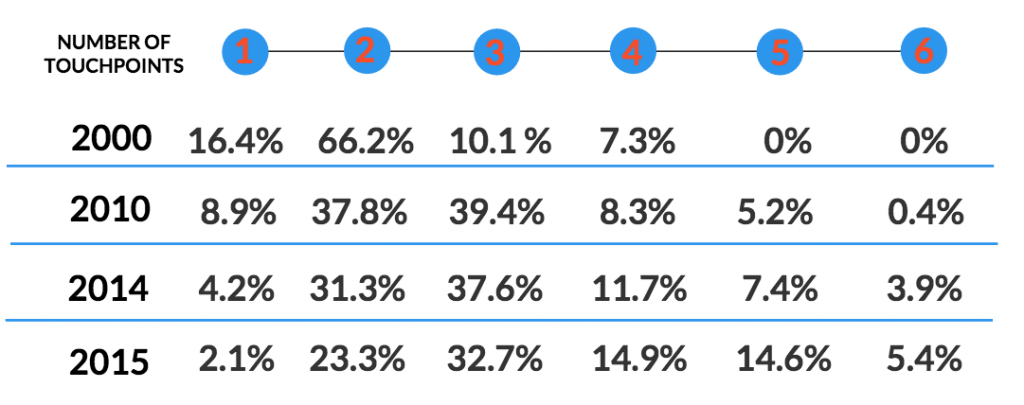
- Most consumers use multiple channels to make their purchase

- 90% of consumers expect their interactions with brands to be consistent across channels
- Companies whose omnichannel game is strong, see a 9.5% year-on-year increase in revenue
Pretty convincing stuff!
Is it right for your business?
If you want to build customer loyalty, engage a bigger audience and, ultimately, make more sweet mula, then an omnichannel strategy is right for your business.
I’m not going to say it’s easy or even cheap. But, the initial outlay of time and money is almost guaranteed to boost your ROI and overall revenue, as well as generate growth over time.
3 tools to help achieve your omnichannel goals
Every omnichannel strategy needs a good bit of tech. So, here are four of our top-pick-tools for implementing your omnichannel dreams.
Omnichannel CRM tools are generally based on databases of customer information, including contact information and interaction histories. This knowledge can be set to work to execute everything from advertising schedules to content personalisation and organise campaigns that cross multiple departments.
Zendesk
Zendesk is described as an ‘omnichannel CRM’, which is your first clue as to why it’s on this list. It allows for integrated communications by managing customer support tickets that come in from almost any touchpoint. The details of each are updated in real-time and centralised to provide a seamless experience regardless of how many times or in how many ways a person contacts your business.
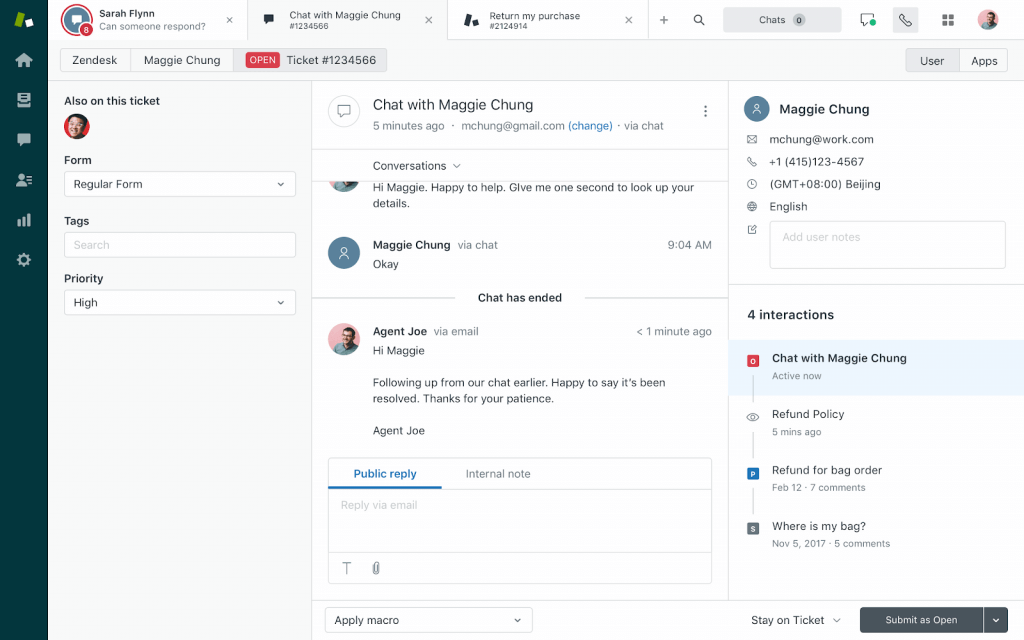
It supports phone, email, website, social and other communication routes. Businesses can also make use of its extensive analytics features to improve the service they offer to consumers. And, if you need features Zendesk doesn’t offer, you’ll be happy to know that it integrates with pretty much everything, including Dropbox, MailChimp, Slack, Zoho and a lot more.
Pricing: After your 30-day free trial, you’ll choose from a range of plans starting at a tiny $5 per month, all the way up to $149.
NapoleonCat’s Social Inbox
Our Social Inbox feature helps businesses manage social communications by syncing posts, comments, private messages and mentions from across a business’s social platforms. By better organising omnichannel communications, you can present a unified front and respond to your audience’s interactions in real-time.
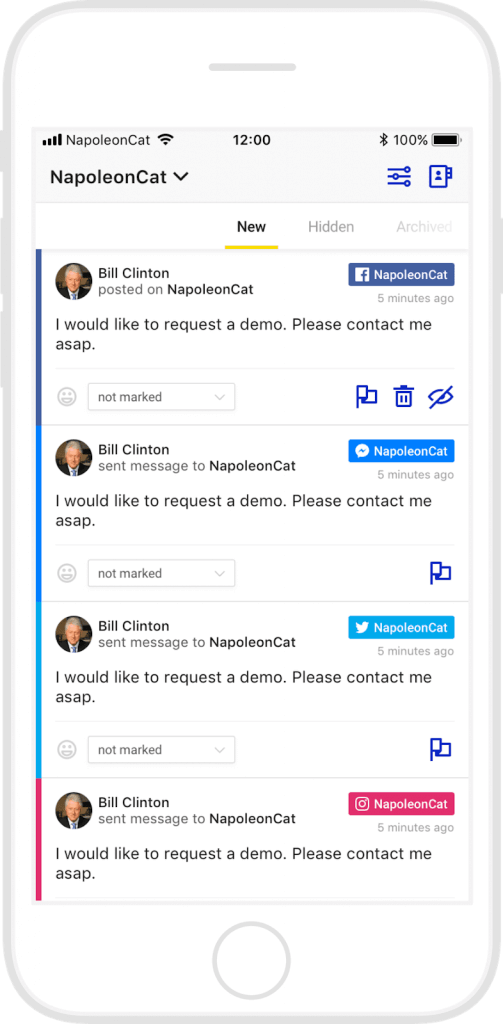
All of the most influential social platforms can be synced including Facebook, Instagram, Twitter, YouTube, LinkedIn, and even Google My Business. One of its best features from an omnichannel perspective is that it allows employees to collaborate and assign tasks. Individuals across an organisation can create tickets, sync emails, tag profiles with notes and more, meaning everyone is kept on the same page. There is also a social CRM functionality that allows you to create user accounts for extended context when dealing with returning customers – across their online interactions with your brand.
Pricing: Plans start at $27 per month. Prices are fully customizable and depend on the number of social media profiles you want to manage or monitor and the size of your social media team.
Ontraport
Ontraport is a CRM marketing app rather than a communications tool. But, effective omnichannel communication requires that a business presents a unified face across their advertising and customer communications. Ontraport simplifies that process. It means that everyone outside of your marketing team can keep up with current campaigns and understand the brand voice your business is going for. Meaning they can integrate their communications strategies with this approach.

It supports businesses to produce and automate SMS, email, landing page, and other marketing projects. And, it syncs with your contact database and eCommerce system to track how effective your outreach is by monitoring the number of clicks, purchases, and actions. It also integrates with Zendesk and many other complementary platforms.
Pricing: it’s the priciest option of the bunch, coming in at $79 per month for the basic plan and rising to $497 for Enterprise.
The takeaway
Omnichannel is one of those phrases that everyone’s heard but few understand. But it’s also a trend that isn’t going to go away. Consumers prefer brands that provide an omnichannel experience and, since most retailers are out to make revenue, it makes sense to give the people what they want. Armed with these insights and few good tools, you’ll be well on your way to making it happen.

